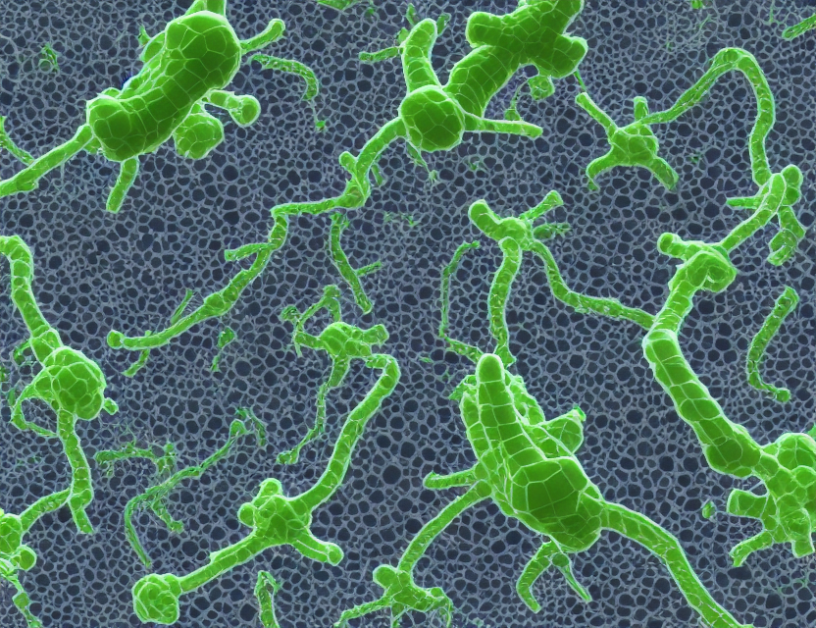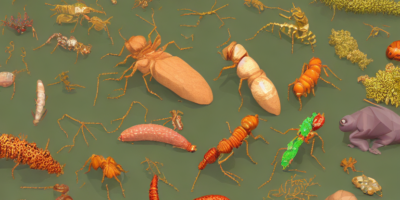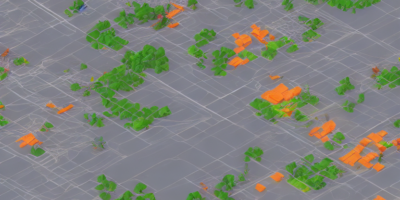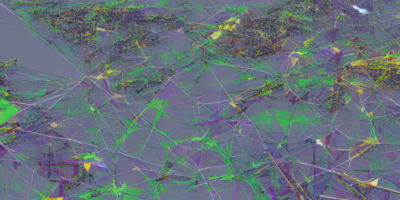In this article, researchers used a method called K-means clustering to group similar genes into clusters based on their gene expression patterns. To validate their method and evaluate its accuracy, they used statistical analysis techniques such as silhouette analysis and 10-fold cross-validation. Silhouette analysis helped them assess the quality of each cluster by looking at how well the genes in each cluster are cohesive and how similar they are to each other. Cross-validation allowed them to evaluate how well their method would perform on new, unseen data.
The researchers found that their method was able to group genes into distinct clusters based on their expression patterns, and that these clusters were consistent across different samples and experimental conditions. They also discovered that the quality of the clusters varied depending on the specific algorithm used for clustering.
To classify new sequences, the authors proposed an automated classification process based on the centroid sequence, which is the most representative sequence for each cluster or reference sequence. This process aims to be more efficient and relevant than using the type strain or type species, even if they are not the closest sequence to all other sequences within the same cluster.
In summary, this article describes a method for clustering genes based on their gene expression patterns, validates it through statistical analysis, and proposes an automated classification process for new sequences. The researchers used K-means clustering, silhouette analysis, and 10-fold cross-validation to evaluate the accuracy of their method and demonstrate its effectiveness in grouping similar genes into distinct clusters.
Genomics, Quantitative Biology
Machine Learning-Based Unsupervised Classification of Nocardia Genomes Reveals Taxonomic Discrepancies



